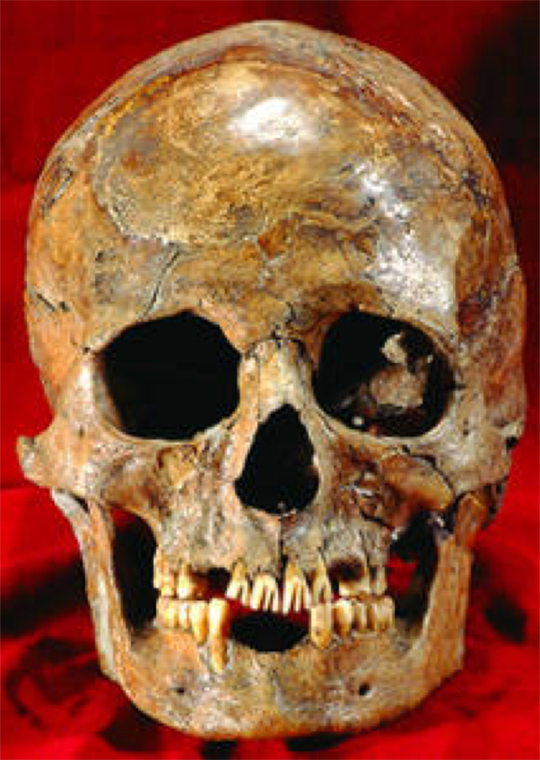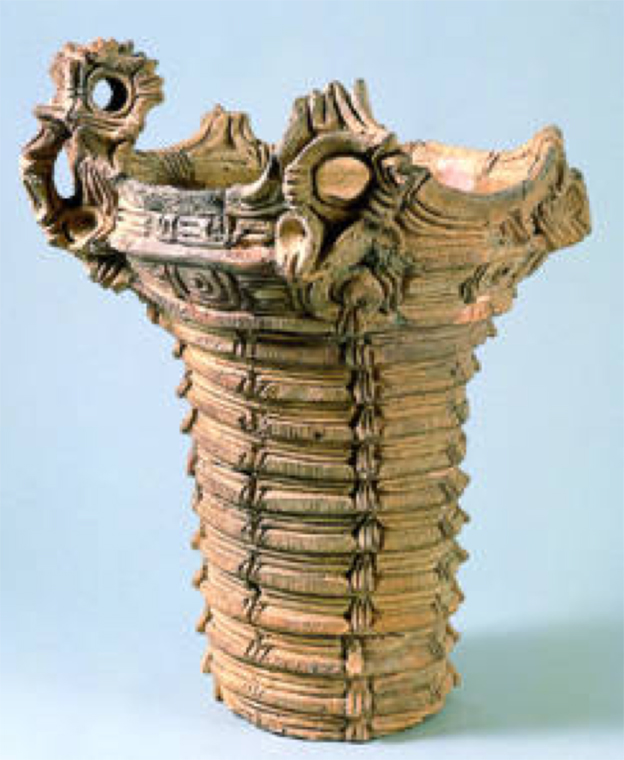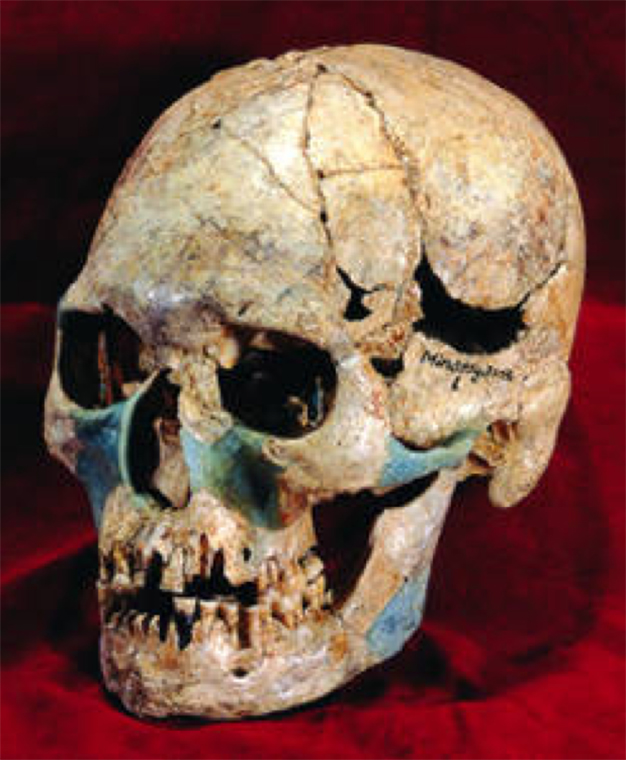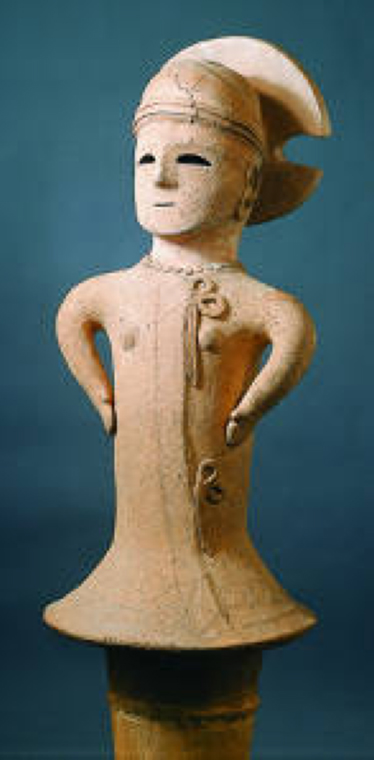

Department of Anthropology and Prehistory
The research collection of this department comprises anthropological and prehistoric items collected over the years by the university’s anthropologists. These include materials from the Holocene to recent human skeletons, Late Pleistocene human fossils, casts of hominid fossils from Africa and Eurasia, plaster casts of modern human dental arcades, lithic artifacts, pottery and animal remains from prehistoric and historic sites of Japan and elsewhere, somatological metric data of recent Japanese ethnic groups, and early 20th century photographs of East Asian ethnic groups. The human skeletal collection comprises an abundance of material belonging to the Jomon, Yayoi, Kofun, and later historic periods, totaling over 10,000 specimens. The Late Pleistocene fossils from Minatogawa and Yamashita-cho, too, are housed in this department.
The department’s prehistoric artifact collection includes specimens acquired during the early days of anthropological research in Japan that are of importance considering Japanese prehistory. The material excavated at Omori shell mounds by Edward S. Morse in 1877, the type specimen of the Yayoi type pottery, and other archeological specimens are designated as Important Cultural Properties by the Japanese government. Also important are the materials acquired through numerous paleoanthropological expeditions to Western Asia and Africa, which resulted in establishing a research basis for the evolution of hominins, Neanderthals and other species.
 Human skull from the Jomon period, Ikawazu 44, Aichi, Japan |
 Pottery vessel from the Jomon period, Asahi Shellmound, Toyama, Japan |
 Human skull from the Late Paleolithic period, Minatogawa 1, Okinawa, Japan |
 Haniwa (clay figure) of a woman from the Kofun period (national important cultural property), Tochigi, Japan |
Back to the Collection Division